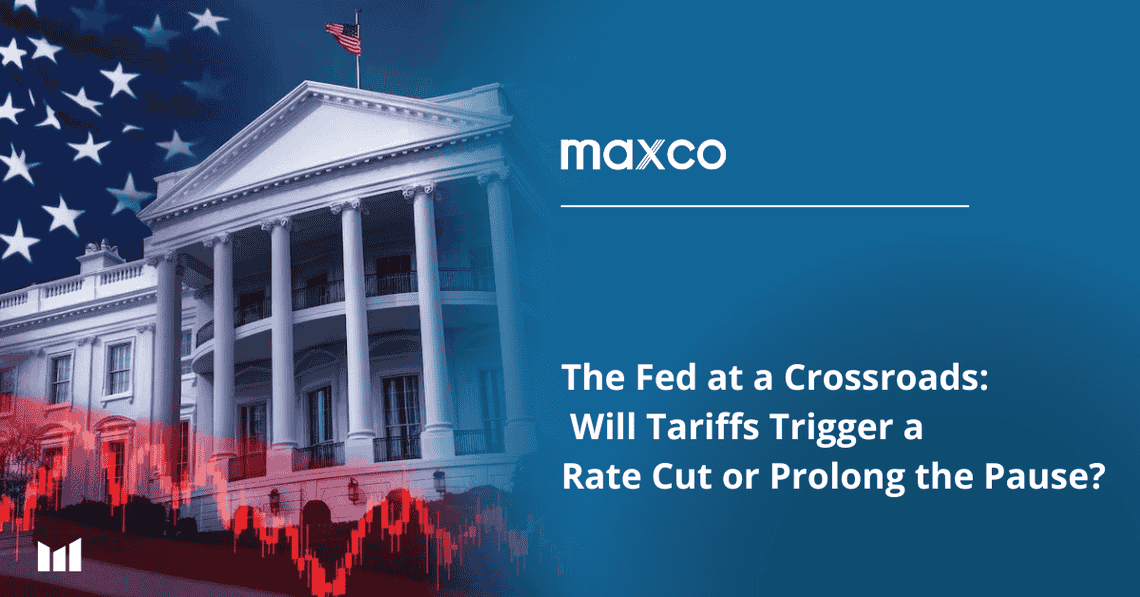Key Points
- The Federal Reserve is expected to hold its benchmark interest rate steady on Wednesday, while it assesses the impact of President Donald Trump’s tariffs on the U.S. economy.
- Financial markets anticipate the Fed could begin cutting interest rates by July.
- The Fed’s dual mandate—maintaining low inflation and high employment—could be challenged if tariffs push both indicators in the wrong direction, as many economists predict.
- For those hoping borrowing costs will soon fall, the Fed is unlikely to deliver on that expectation this Wednesday.

The Fed Likely to Hold Steady
The central bank is widely expected to maintain its target federal funds rate in the 4.25% to 4.5% range, unchanged since January. According to the CME Group’s FedWatch tool, which forecasts rate movements based on futures trading data, the probability of a rate cut at this week’s Federal Open Market Committee (FOMC) meeting stands at just 3.2%.
The Fed’s mantra this year has been “wait and see.” Officials have stated that this cautious approach will continue until there is clearer evidence of how President Donald Trump’s swiftly implemented trade policy changes are impacting the economy.
Economists have forecast that Trump’s tariffs, which took effect in April, could drive up consumer prices and hurt job creation. Such developments would strain the Fed’s dual mandate of controlling inflation while supporting employment through monetary policy.
However, recent data has shown inflation remained in check in March, and the labor market remained stable through April.
“These data are strong enough to keep the Federal Reserve on hold while it continues to monitor the effects of tariffs on inflation and inflation expectations,” wrote Nancy Vanden Houten, U.S. chief economist at Oxford Economics.
Concerns About What Lies Ahead
While current economic indicators appear steady, forward-looking projections and surveys suggest potential trouble ahead. Businesses and consumers alike have voiced concerns that tariffs will raise the cost of living and harm business conditions in the months or even years to come—possibly even pushing the economy toward a recession.
What About a Rate Cut?
At present, the Fed is maintaining elevated interest rates in an effort to extinguish the lingering inflationary surge from the post-pandemic period. Its preferred measure of inflation showed a 2.6% annual increase as of March—still above the Fed’s 2% target. Meanwhile, the unemployment rate held steady at 4.2% in April, signaling an economy near “full employment.”
Looking ahead, the Fed could face a difficult trade-off, as its main policy instrument—the federal funds rate—is inherently inflexible.
Lowering rates could encourage borrowing and consumer spending, but runs the risk of overheating the economy and reigniting inflation. Conversely, raising rates could dampen inflation but also slow growth and increase unemployment. A scenario of weak growth coupled with persistent inflation—stagflation—would force the Fed to prioritize which part of the problem to address first.
Traders are currently betting that the Fed is likely to begin easing rates in July as the economy shows signs of weakening, according to the FedWatch tool. But for now, policymakers are expected to remain on the sidelines, monitoring which threat becomes more pressing.
“The FOMC will likely stay in wait-and-see mode, looking for further evidence on how the tariff shock is filtering through the labor market and global supply chains,” wrote Douglas Porter, U.S. chief economist at BMO Capital Markets.
